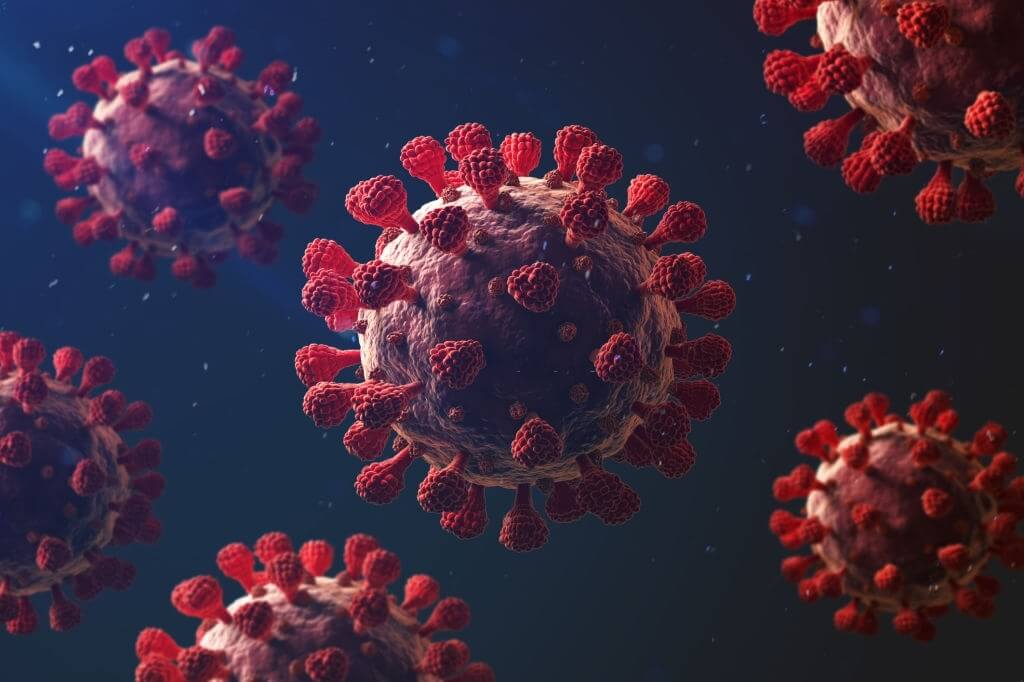Prion disorders like Creutzfeldt-Jakob illness are caused by aggregation of misfolded proteins that can migrate from one cell to the other, transmitting their abnormal form to proteins of a similar kind.
As a consequence, the illness begins to expand throughout the brain. Alzheimer’s & Parkinson’s disease, which have misfolded protein assemblies, are addressed in the same way.
Infections With Viruses Have The Potential To Cause Neurodegeneration
Viral infections can happen in numerous ways, and more dangers from different infections are noted by experts these days.
One such study has shown that such infection with a specific virus may affect the function of the human brain also and lead to neurodegeneration among patients who have to face such infection.

The virus can enter the human body in different ways and make its way to brain damage over a period. With the latest study, the experts have found such damage to the brain by different models.
Many virus illnesses may have a role in neurodegeneration. The findings were published in the journal Nature Communications by DZNE scientists. Their conclusion is founded on experimental tests in that researchers are managed to demonstrate that specific viral particles enhance the intercellular development of proteins clumps, which were common in disorders such as Alzheimer’s. Such results could shed light on how infectious diseases, whether rapid or persistent, can lead to neurodegeneration.
Immediate cell-to-cell contact, the discharge of “naked” aggregate particles into extracellular spaces, or wrapping in a vesicle that were also small bubbles enclosed by a lipid membrane released for cell interaction were all possibilities for aggregate transfer. “The precise mechanisms of transmission are unknown”, says Ina Vorberg, a research group leader.
“However, it is an obvious guess that aggregate exchange by both direct cell contact and via vesicles depends on ligand-receptor interactions. This is because, in both scenarios, membranes need to make contact and fuse. This is facilitated when ligands are present that bind to receptors on the cell surface and then cause the two membranes to fuse.”
Experimenting using cell culture is a great way to learn new things.
Vorberg’s group, with help from DZNE partners in Munich and Tübingen and also experts, conducted several experiments with various cell cultures predicated on this hypothesis. They looked into the intercellular transmission of prions or tau protein aggregation, which are found in comparable forms in prion disorders, Alzheimer’s disease, among similar “tauopathies.”
The scientists caused cells to create viral enzymes that facilitate targeted cell adhesion and membranes lamination, simulating what occurs when a virus infects them. SARS-CoV-2 spike protein S, which comes from the virus that causes COVID-19, and vesicles symptomatically virus glycoprotein VSV-G, which is found in a disease that infected cattle or other mammals, are selected as ideal instances. Furthermore, cells developed receptors for such virus particles.
Neurodegenerative consequences that could occur
“The brains of patients suffering from neurodegenerative diseases sometimes contain certain viruses. They are suspected of causing inflammation or of having a toxic effect, thus accelerating neurodegeneration. However, viral proteins could also act differently: They could increase the intercellular spreading of protein aggregates already ongoing in neurodegenerative diseases like Alzheimer’s,” Vorberg says. “Of course, this needs further studies with neurotropic viruses. The impact of viral infections on neurodegenerative diseases deserves in-depth investigation.”
Ligands aid in the dispersion of aggregation.
“We could show that the viral proteins are incorporated both into the cellular membrane and into the extracellular vesicles. Their presence increased protein aggregate spreading between cells, both by direct cell contact or by extracellular vesicles. The viral ligands mediated an effective transfer of aggregates into recipient cells, where they induced new aggregates. The ligands act like keys that unlock the recipient cells and thus sneak in the dangerous cargo,” Vorberg says.